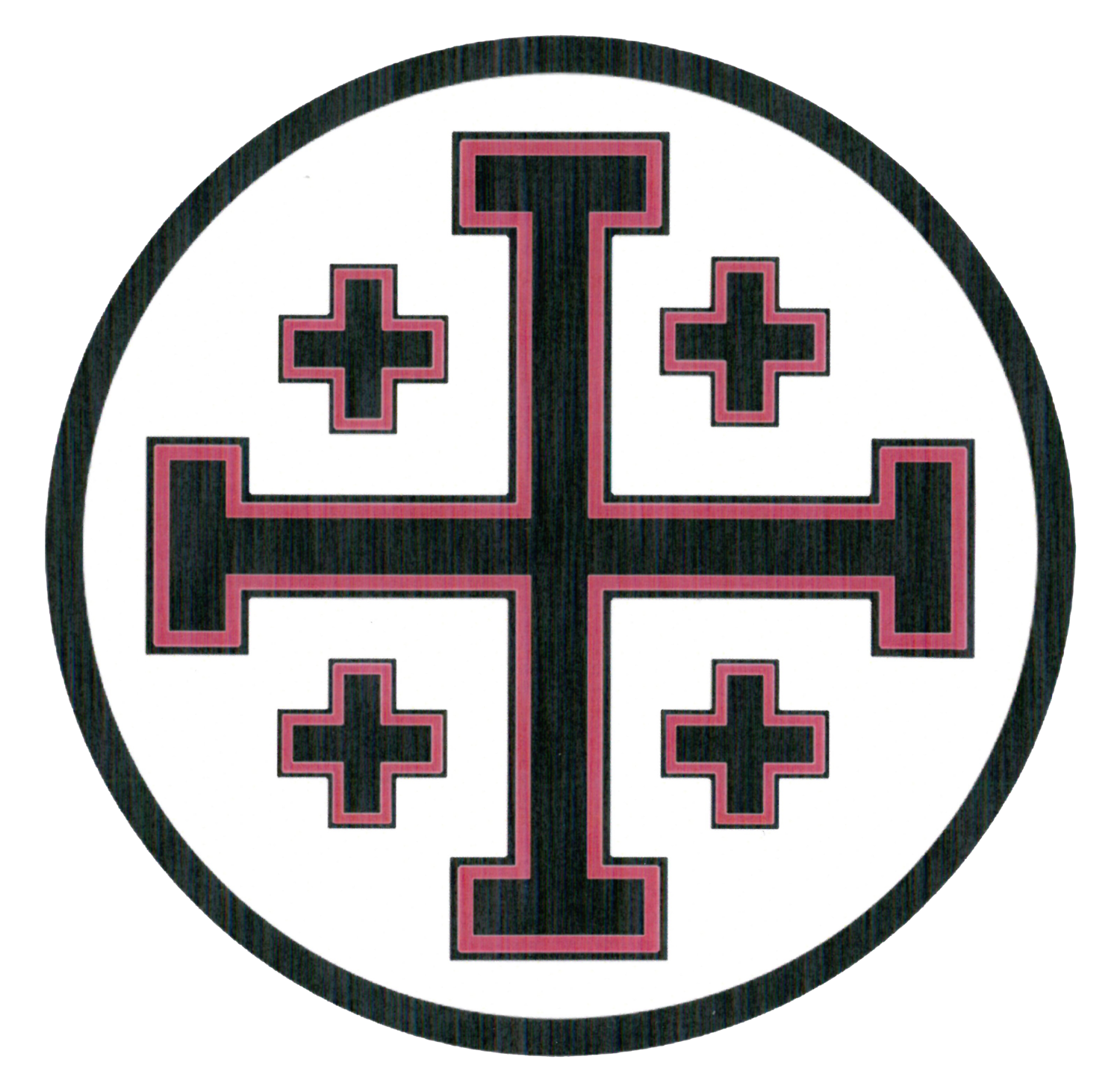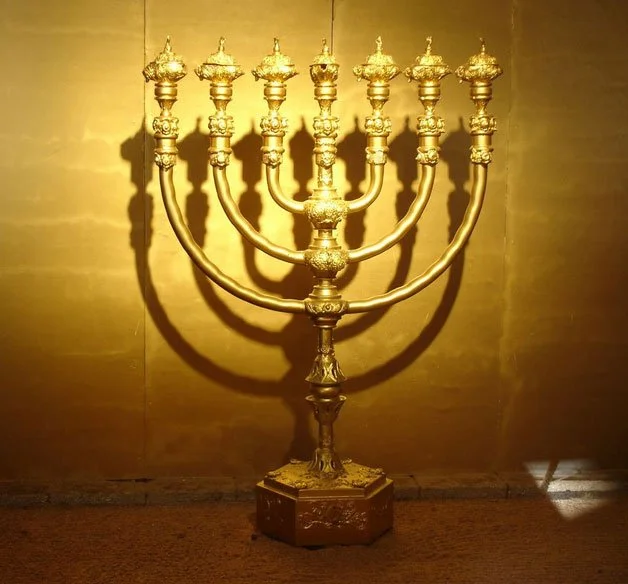Stunning
This is part 4 a series of blogposts featuring parts of the Old Testament Tabernacle and how I believe we can relate those to our lives today. Click here for post #3.
The Lampstand, known as the menorah, is also called the “golden lampstand” or “candlestick,” and it stood at the left side of the Holy Place in the Old Testament tabernacle.
The Lampstand was hammered out of one piece of pure gold. There were no specific instructions about the size of the menorah, but God did specifically tell them to make it and all the utensils for its use out of 75 lbs. of gold, and said to “be careful to make it just like I told you!” It would have had to be rather large, being it was the only source of light.
The Lampstand had a central branch from which three branches extended from each side, forming a total of seven branches. Seven lamps holding olive oil and wicks stood on top of the branches. Each branch looked like that of an almond tree, containing buds, blossoms and flowers. The priests were instructed to keep the lamps burning continuously. Twice a day they were to tend to the lamps.
I have often wondered why they were instructed to shape it to resemble an almond tree. On almond trees, the blossoms appear before there are any leaves. In ancient times, they would watch for the almond blossom to signal that Spring was coming. The original language uses the words “hasten” and “watchful for” in talking about the almond blossoms. It is to us a picture of pointing forward to Christ as we “watch for” His appearing. (Pause for effect)
The lampstand was the only source of light in the Holy Place, so without it, the priests would have been moping around in the dark. The lamps on each branch burned pure olive oil and would have cast a soft glow throughout the entire room. One article I read, said the room was walled with planks surfaced with thin sheets of pure gold….the effect would have been stunning! Can you even imagine how beautiful that would have been??
The light shone upon the table of showbread and the altar of incense, enabling the priests to fellowship with God and intercede on behalf of God’s people. Just as the lampstand was placed in God’s dwelling place so that the priests could approach God, Jesus, the “true light that gives light to every man” (John 1:9) came into the world so that man could see God and not live in spiritual darkness anymore.
Jesus is represented by the main branch of the lampstand, and we as believers are represented by the six branches that extend from the original branch. Having believed, we are now living as “children of light” (Ephesians 5:8) who draw our source of light from Jesus, the true light. Jesus calls us “light of the world” and commands us to “let your light shine before men, that they may see your good deeds and praise your Father in heaven” (Matthew 5: 14, 16).
Two other significant symbols that can be seen include the fact that the Lampstand was made of pure gold and had seven branches. Pure gold is a representation of the deity and perfection of Jesus Christ, and seven is the number of completeness in the Bible.
Because of Jesus, we are made complete! Because of Jesus, we CAN be the light on the hill, the light in a dark world, the light to those who might be moping about in the darkness, just like the priests would have been doing in the holy place had there not been the lampstand. We CAN be the reflection of Him who made us complete!
When people see me, do they see a light in the darkness reflecting the “gold walls”/the glory of God??
Oh, my gracious! I want to be stunning….

